How to Take Care of Plants in the Summer
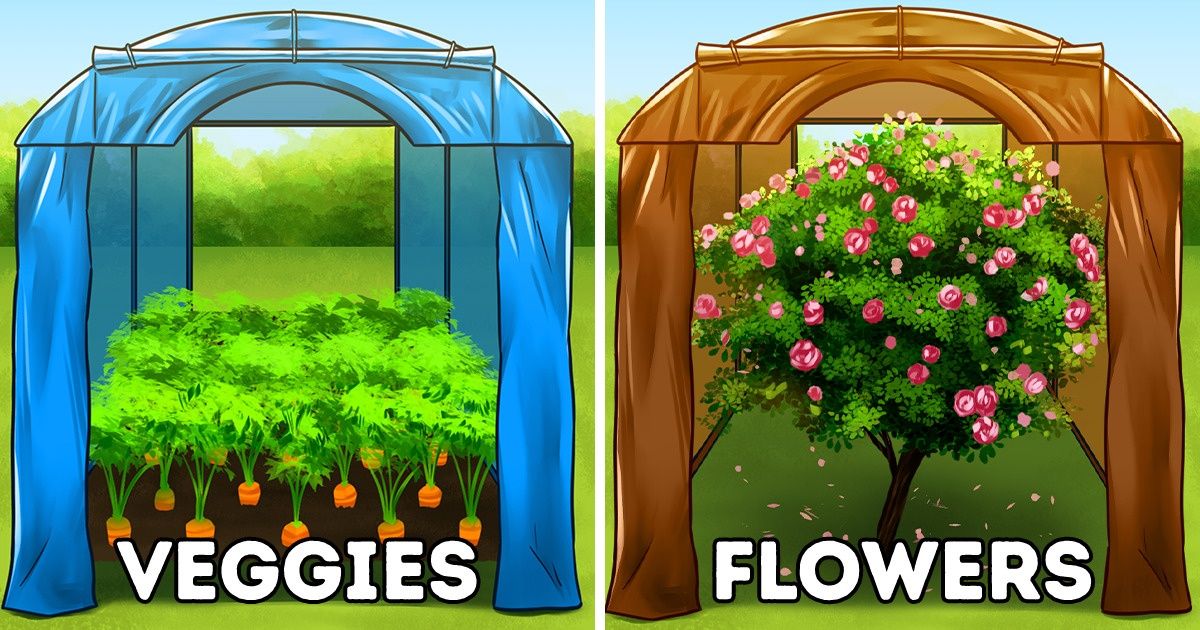
When the summer season arrives, we take every measure to keep ourselves protected from the harsh exposure of the sun. Similarly, plants are sensitive to heat waves too. If you wish to keep your flora in proper shape, then 5-Minute Crafts is your guide to prepare your garden for the summer season in advance.
1. Recognize the signs of stress.
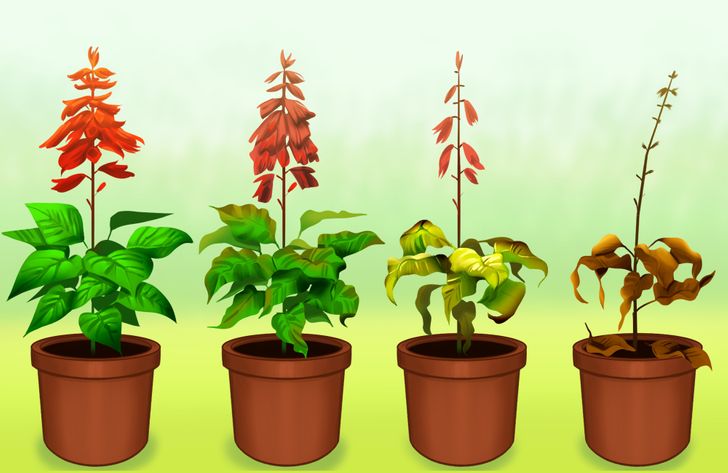
Proper plant management involves catching the early signs of stress and taking the corrective actions mentioned below. Plant stress usually occurs when the heat is too much and there is a lack of water. Here are the signs you need to look out for:
- For tropical plants, these usually wilt when they’re exposed to too much heat.
- Bright green foliage looks pale.
- Plants suffer from sunburn too, and you may find rough brown or yellow patches on the leaves or stems.
- Flowers and leaves shed or become yellow.
2. Water your plants at appropriate times.
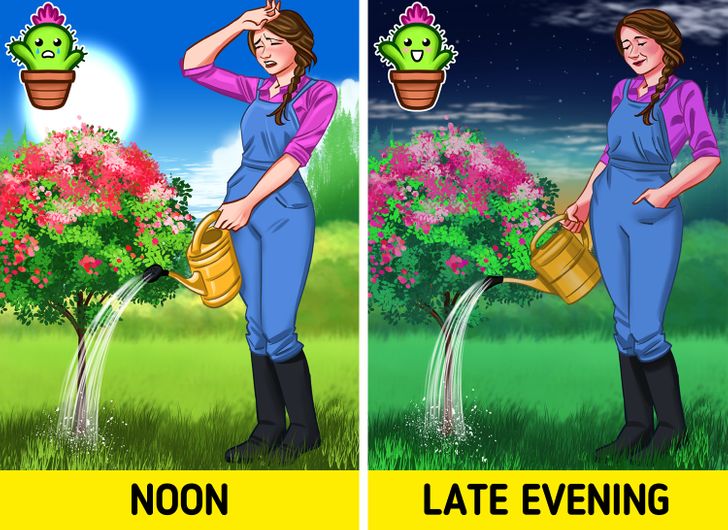
The immense heat in the summer takes away all the humidity and encourages evaporation as well. This is how plants become dehydrated way too quickly. Hence, apart from watering the plants frequently during a heat wave, it is also important to do it at the right time. So, early morning or late evening are the ideal times to water your plants as the conditions are cooler.
3. Boost the humidity of the soil.
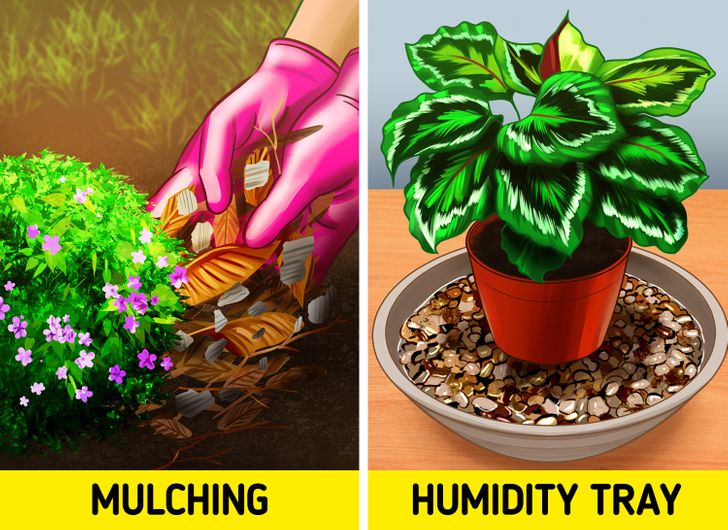
Since the summer heat tends to take all the humidity away, it is necessary to keep the soil moist at all costs. This can be done by:
- Adding more clay to the soil.
- Covering the top layer of the soil with mulch. The mulch can contain wooden pieces, dead plant leaves, twigs, newspaper, and so on. This helps in reducing evaporation and retaining moisture.
- Making a humidity tray by keeping small pebbles in a big tray in a way that the stones surround the plants. Then, add some water to the tray.
4. Protect your plants from the harsh sun.
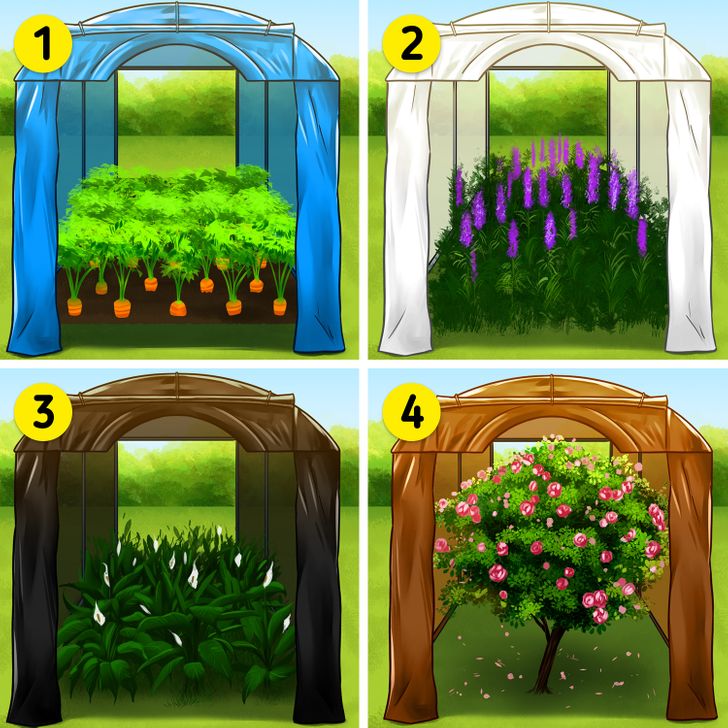
Installing shade in your garden helps in protecting your plants from the heat and harmful exposure to the sun. It is a myth that only green cloth can be used to create shade. There are also other colors that are used for protecting plants:
- A blue shade cloth is used for plants that have vegetables.
- A white shade cloth is used when you want more light exposure for your plants.
- A black shade cloth is used when you want less light exposure for your plants.
- A brown shade cloth is used for flowering or fruit bearing plants.
5. Prune your plants.
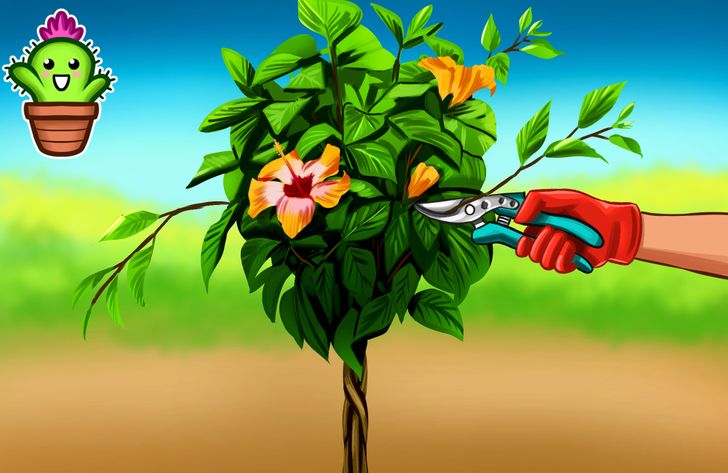
Pruning means cutting off unwanted parts of a plant. It makes your garden look well-maintained and is an effective way to care for your plants in the summer season. It also ensures water retention, hence keeping your plants hydrated at all times.
6. Don’t fertilize during the summer season.

During the summer, plants don’t need any extra nutrients to thrive. When you try to fertilize the soil during a heat wave, it will stress your plants more. You may want to wait for the weather to cool down for the next feeding.
7. Don’t repot during the summer season.
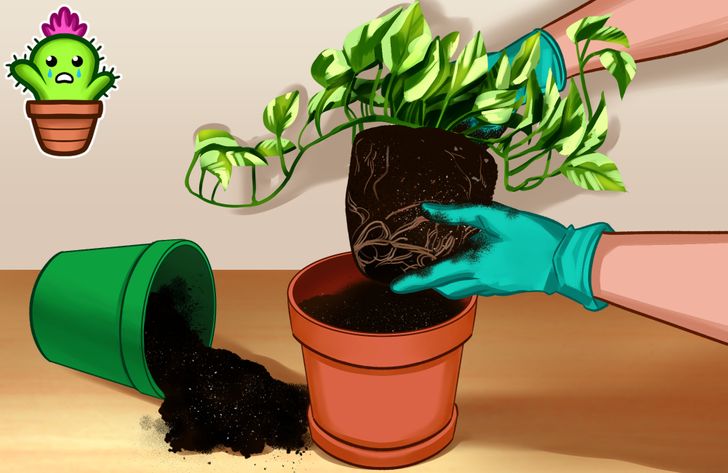
When you repot a plant in summer, it damages the leaves and stresses the shrub as well. Proper repotting will lead to trimming away a major part of the root mass too. Hence, wait for the weather to cool down a bit if you’re planning to repot.